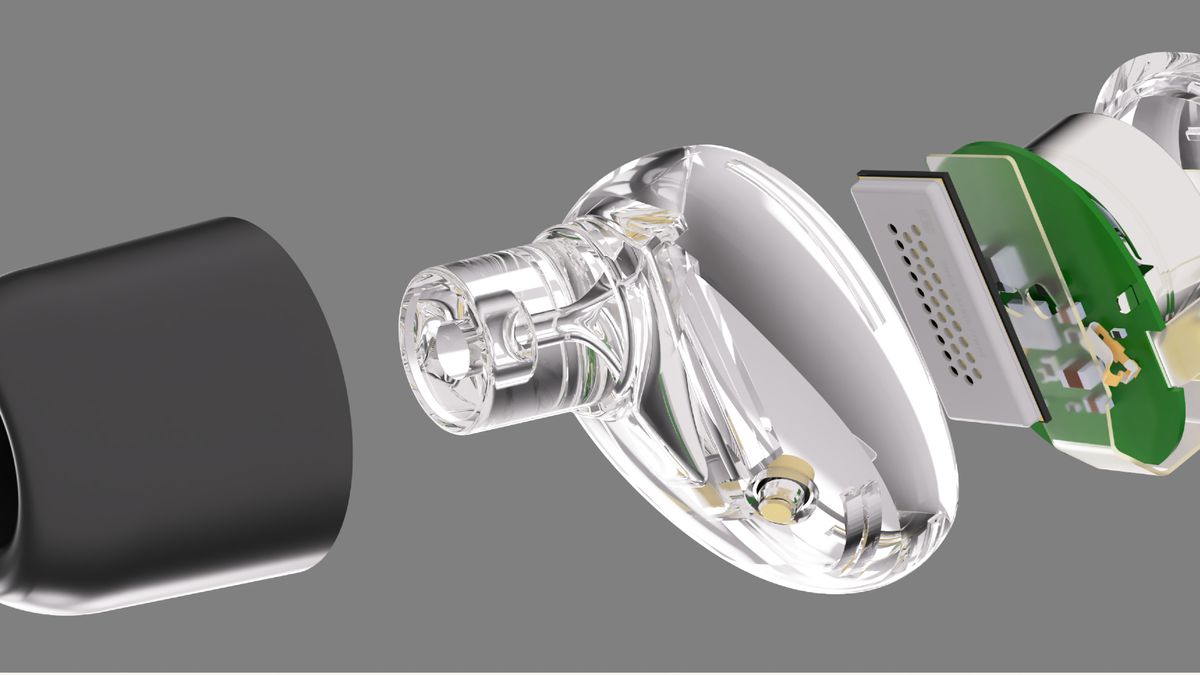Are there any measurements available?
I'm not aware of any public measurements.
Samples are also very hard to obtain from xMEMS (and of course even harder for me, since I work for a direct competitor)
And do you know if any of the implementations of this technology are capable of adequately reproducing frequencies in the 20-50 Hz range?
On in-ear headphones, this depends mostly on how well the front volume is sealed - which is mostly determined by how well the eartip fits into the ear canal of the user (and how well the user manages to insert the eartip into their ear canal)
The passive layer on xMEMS is made from silicon and is rather stiff, leading to a relatively high acoustic impedance. Meaning the speaker imprints velocity on the sound field.
In other words: The movement of the speaker is determined by the voltage and the stiffness of the speaker, and is relatively unaffected by the acoustic load (e.g. the stiffness of the air in the front volume). This means that when the front volume is leaky (by an imperfect seal, or by controlled leakage through a venting hole) the movement of the speaker will be the same as before, and the sound pressure will go down (as it's easier for the air to pass through the leakage path as opposed to be compressed in the front volume).
We call this a "leakage intolerant" loudspeaker, as the SPL will drop with leakage.
If the stiffness of the loudspeaker is low enough then the movement of the speaker will (at least partially) be determined by the acoustic load. This means that when the front volume is leaky, the movement of the speaker will be higher (more excursion, since the stiffness of the air in the front volume is lower when the front volume is leaky), and it will produce a higher sound pressure at equal input. The sound pressure will still drop off (as air passes through the leakage path), but since there is higher sound pressure to begin with, the total loss of SPL will be lower.
We call this a "leakage tolerant" loudspeaker, as the SPL does not drop (or drops less) with leakage.
- MEMS loudspeakers that use silicon as the passive layer are leakage intolerant.
- BA speakers (typically using metal reeds / armatures) are typically leakage intolerant.
- Moving coil ("dynamic") speakers are typically more leakage tolerant, especially if they have a large diaphragm.
- Planar magnetic speakers of modern design are typically very leakage tolerant, especially if they have a large membrane. The 10mm planar speakers you find in e.g. a Tin P1 doesn't do better than an average dynamic speaker, for example. The 30mm speakers in the Audeze iSine however does excellent in that regard.
In short: No, the use of a silicon passive layer means they are not well suited for producing low frequencies in high-leakage scenarios.
I will say this though: You can make MEMS speakers with a passive layer that isn't silicon


 www.techradar.com
www.techradar.com


